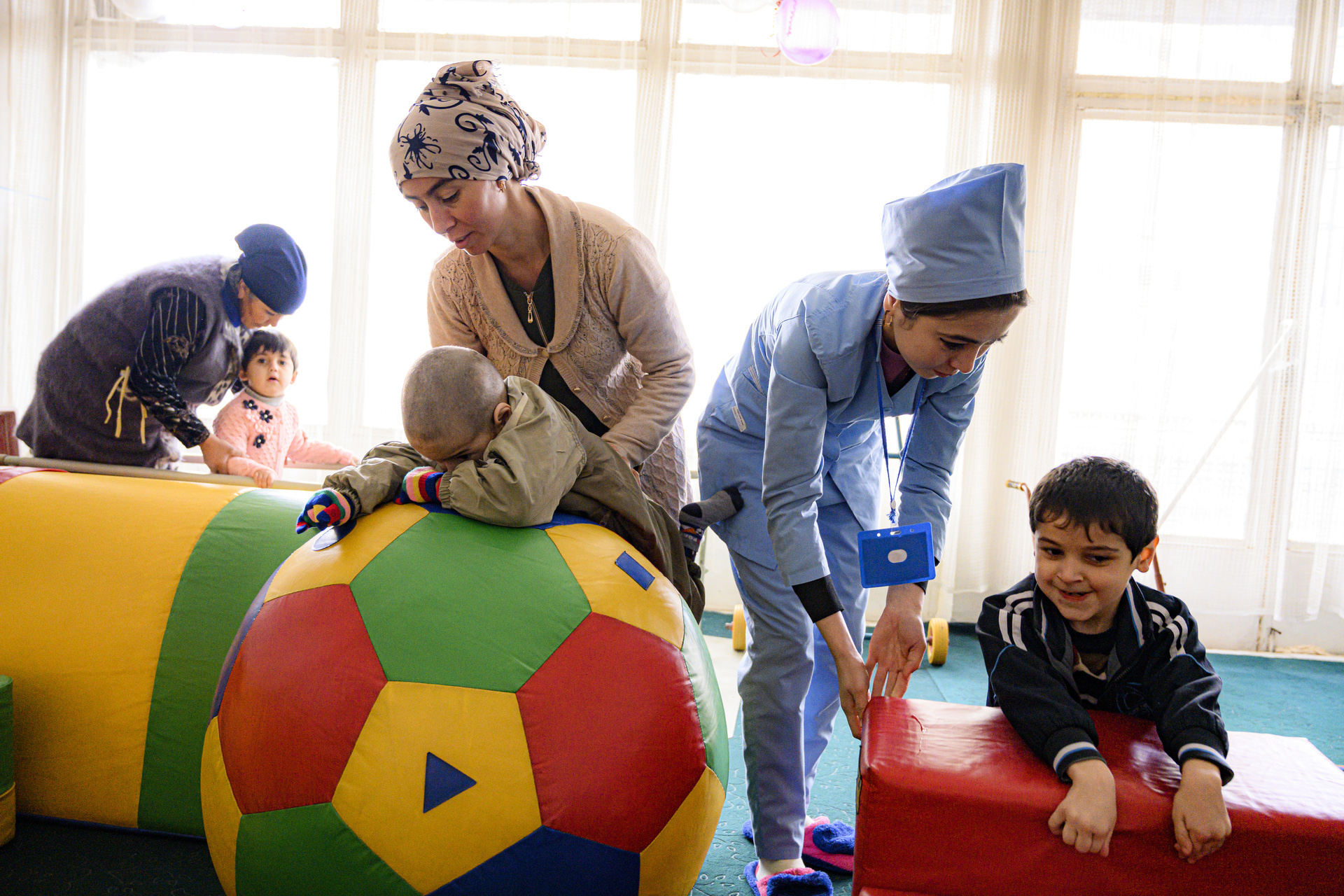Overview
In the 2030 Agenda for Sustainable Development, goal 3 aims to “ensure healthy lives and promote well-being for all at all ages” and calls for the achievement of universal health coverage (UHC). UHC is defined as “all people receiving the full spectrum of quality health services that meet their needs without being exposed to financial hardship in paying for the services”. Rehabilitation is among the essential health services to be included in UHC.
Rehabilitation service delivery can be provided over different levels of care, settings and models. Mostly, rehabilitation services are concentrated in secondary and tertiary levels of care providing both inpatient and outpatient care. These are often located at the district, regional and national levels and are typically provided in hospital and institutional settings including general hospitals, rehabilitation wards in general hospitals, specialized rehabilitation hospitals as well as nursing and respite homes. Rehabilitation services, however, also play a crucial role in the primary level of care which is usually the first point of contact for many people and serves as a link to specialized services. These primary care services are usually provided on an outpatient, outreach and home care basis in community settings including single or multi professional practices (office or clinic), homes, schools, and workplaces.
With the increasing need for rehabilitation worldwide and taking into account the limited financial resources, it is crucial to prioritize evidence-based and cost-effective interventions for the integration of rehabilitation in health systems. Successful rehabilitation service delivery also requires the availability of rehabilitation workforce, who are equipped with the competencies needed to deliver the interventions. In countries where rehabilitation is not available, or is limited, information on evidence-based and cost-effective interventions and the required workforce will help the planning and integration of rehabilitation in health systems.
WHO provides technical support to countries working to strengthen rehabilitation service delivery, and is developing resources to support countries in planning, budgeting and integrating evidence-based and cost-effective interventions into their health system.


.tmb-768v.jpg?sfvrsn=223e6840_3)
.tmb-1920v.jpg?sfvrsn=eeeb4f0e_8)